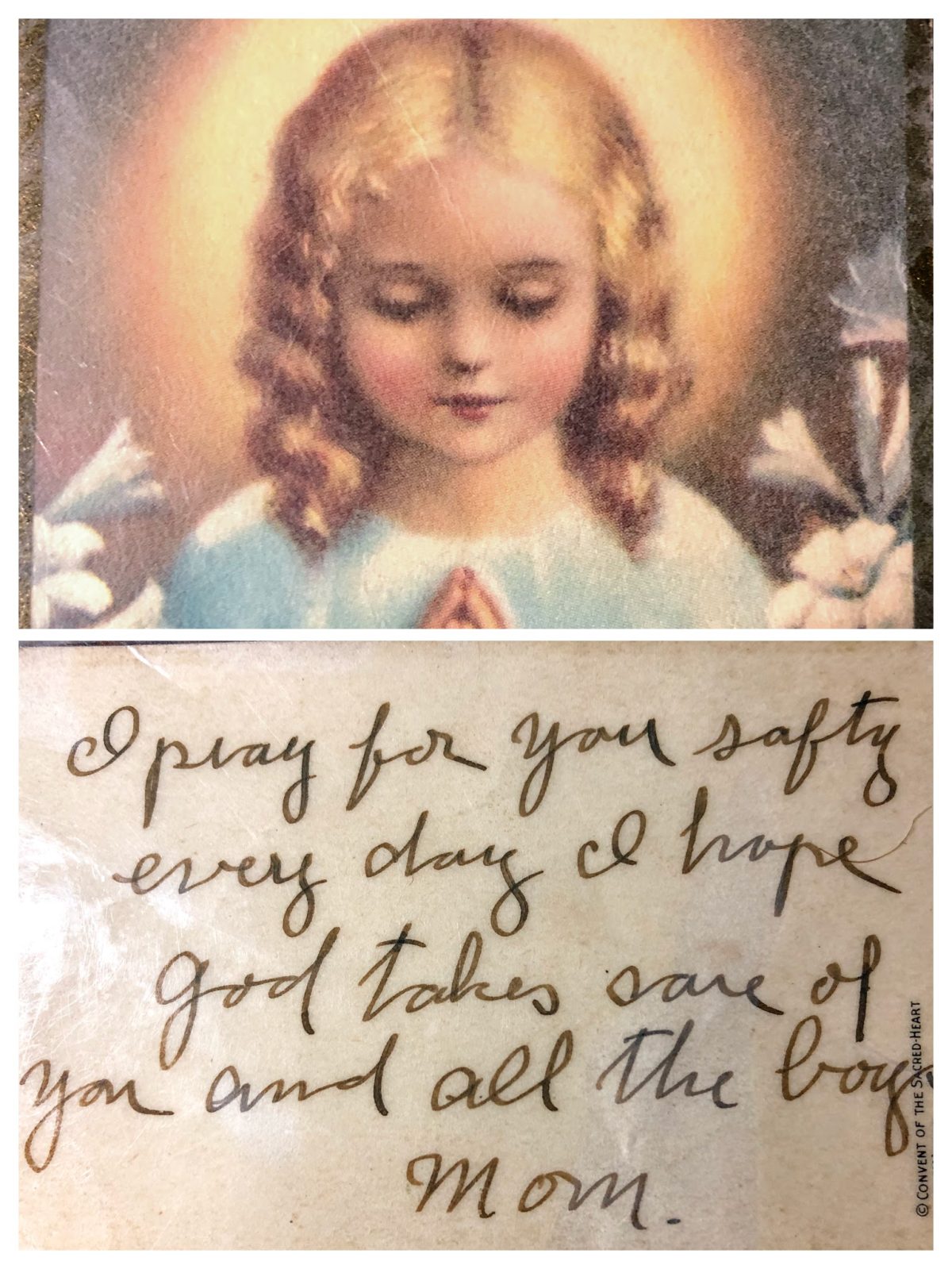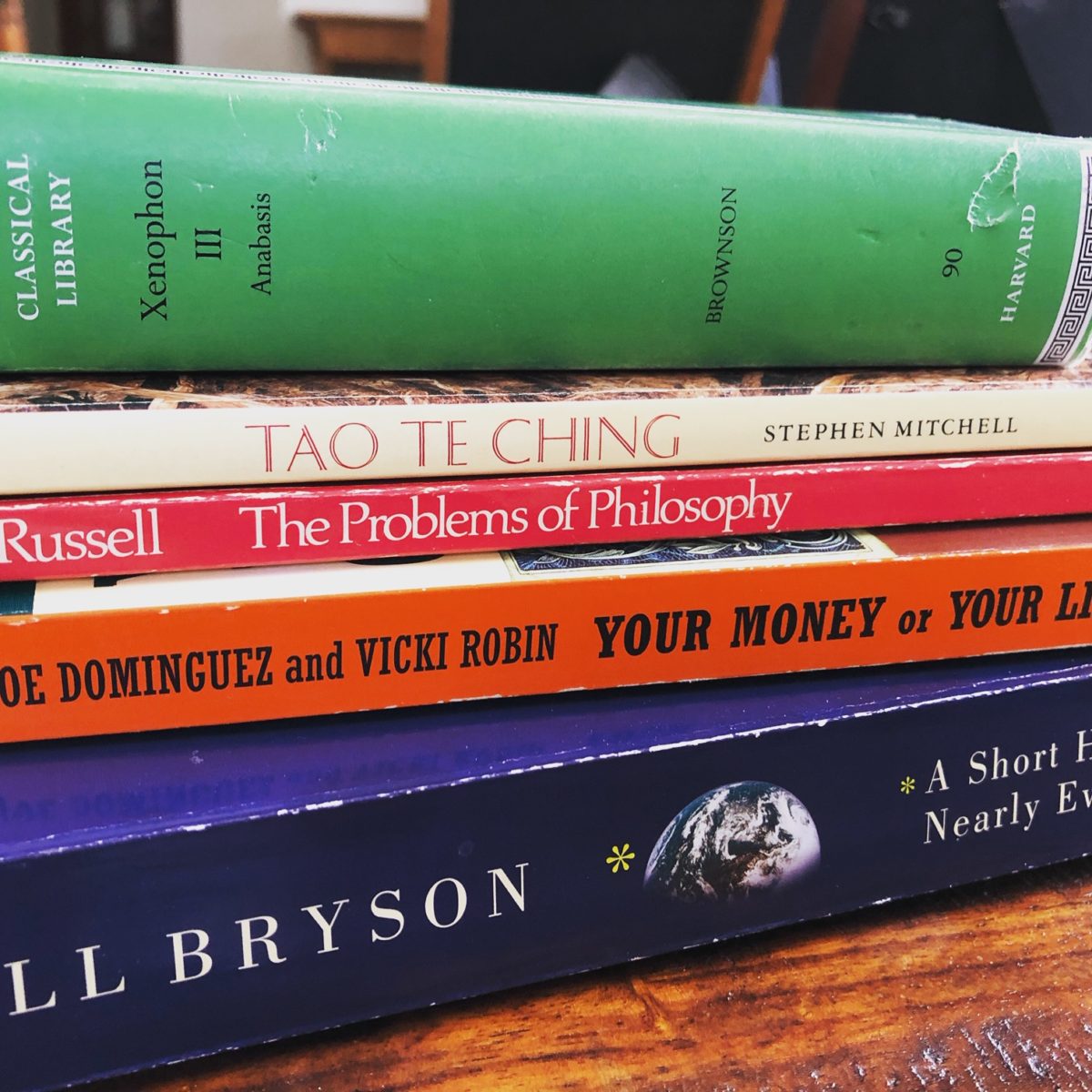Let us prepare our minds as if we’d come to the very end of life. Let us postpone nothing. Let us balance life’s books each day…The one who puts the finishing touches on their life each day is never short of time.
Seneca
In this post I will look at the lessons the Stoic concept of ‘Momento Mori’ holds for those in business leadership today. Momento Mori, in the stoic sense is literally to ‘remember that you will die’ and, tradition has it, comes from Socrates who said philosophy is “about nothing else but dying and being dead.”
A somewhat more practical way of approaching our mortality was written by Marcus Aurileus – “You could leave life right now. Let that determine what you do and say and think.”
So what does that mean to us as leaders and managers in the 21st century? My take are the following 3 things.
Check your ego
First and foremost, reflecting on our own mortality, and the smallness of our place in the universe and history, should engender a sense of humility. Reminding ourselves regularly that life isn’t all about us will help keep our heads from inflating with our own self-worth and self-focus. This will make you a better leader, as we all can recognize when our own leaders and managers are simply building up their resume and the justification for their next promotion, or if they are genuinely focused on the mission and the team. And we all know who we would prefer to work for.
Ruthlessly prioritize and don’t procrastinate
If you take a moment to really think about the limited time we all have on Earth, let alone the limited subset of that time we will spend in our careers, you should develop a strong sense of the scarcity of your own time and focus. Recognizing that, we should be ruthless in making sure what we are focused on is truly important and needed now.
Learning to say no, especially to time wasting assignments or activities is very difficult in todays ‘can-do’, ‘team player’, ‘yes-person’ obsessed corporate cultures (aside: this also afflicts, in my experience, the career focused officer corps of our military.) But doing so will not only improve you and your teams’ results, it will give you more control over your schedule and sanity.
If saying no is too difficult or poorly perceived in your culture, try “If this is a priority, what should I de-prioritize to focus on this?”
Steel yourself by remembering that every time we say “Yes!” to something, we are in fact saying “No” to something else, whether it is another important item, our health, our relationships, a small piece of our life we will never get back.
But saying no others is only half the battle, we also need to take a hard look at all the to-do/action items we’ve given ourselves and eliminate as many as possible to get down to focusing on those items that are critical and will make a positive impact.
Now that you’ve gotten to a core prioritized list, get after it. If these items are the most important, don’t put them off since we don’t really know how long we get to work on them.
Build capability
Knowing as we now do that our time is limited, especially when you consider that, according to the US Bureau of Labor Statistics, as of 2020 the average worker is only in their job 4.1 years, what we alone can accomplish will be far less lasting and impactful than capabilities we build that can sustain after we leave.
And by capabilities, I mainly mean investing in growing and mentoring people, although certainly leading major system and process changes can fit in this category. Investing in people however, as we would say in the Army, is a force multiplier because, if you’ve done it right, the people you invest in will see it as their duty to invest in others.
And in the end, that may be the only thing that lasts.
Photo by Mathew MacQuarrie on Unsplash



